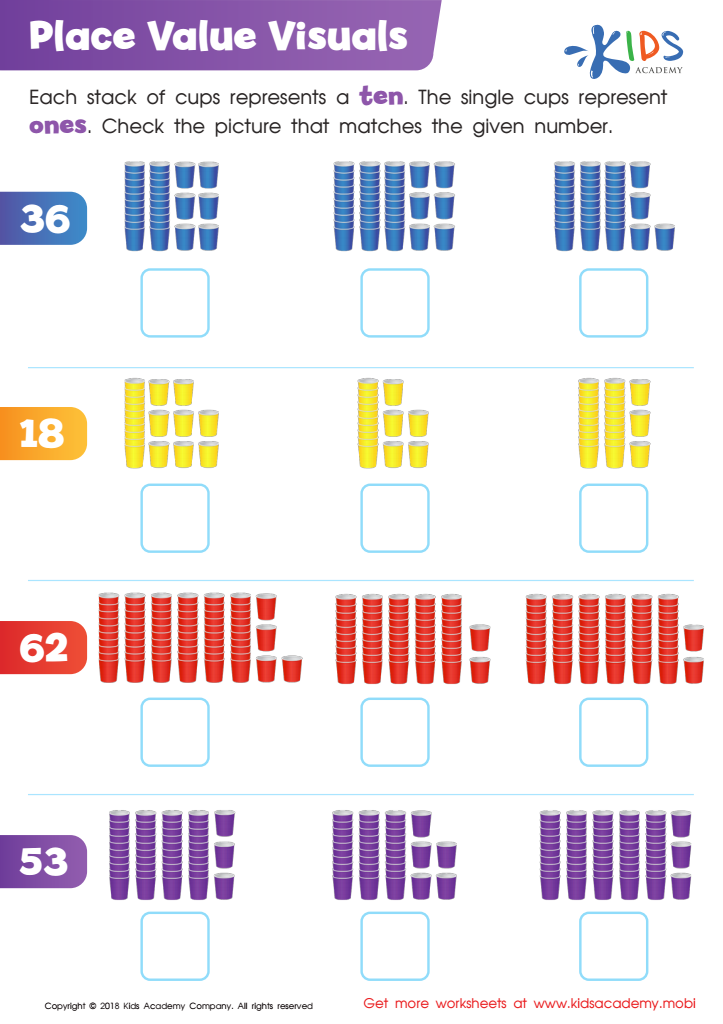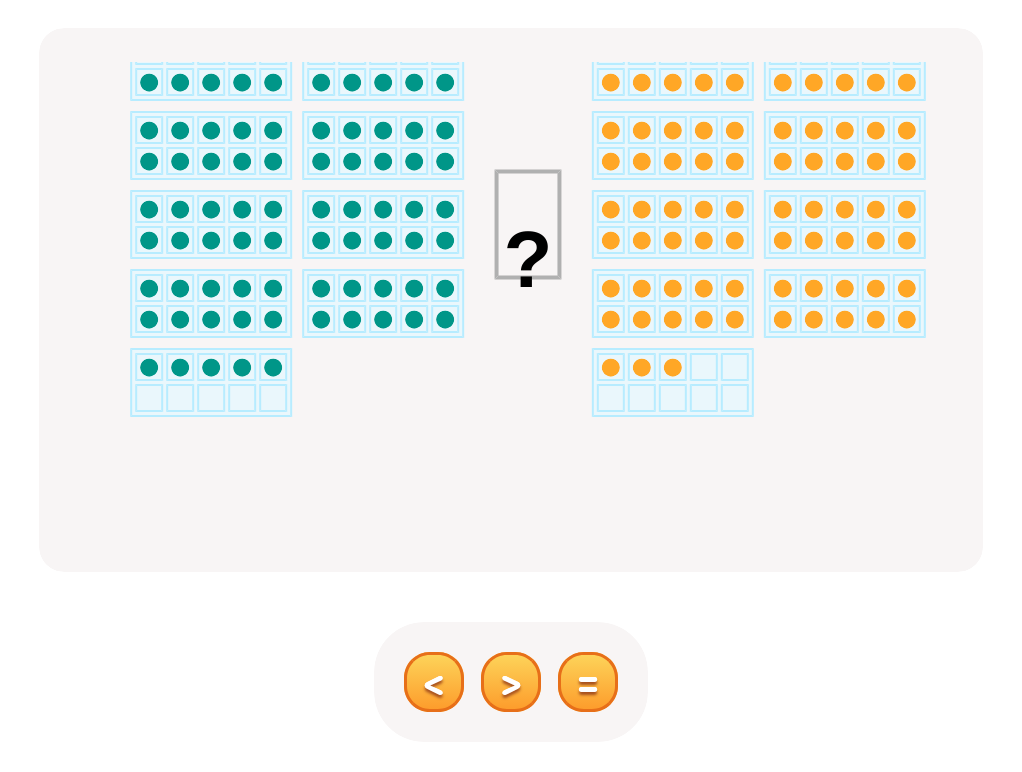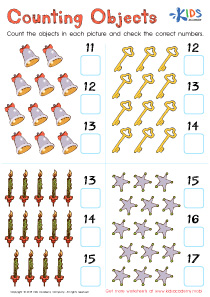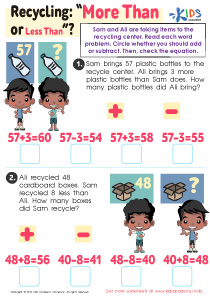Understanding place values Normal Place Value Worksheets for Ages 6-7
6 filtered results
-
From - To
Unlock the world of numbers with our "Understanding Place Values Normal Place Value Worksheets" designed specifically for children aged 6-7! These engaging worksheets help young learners grasp the fundamental concepts of place value, from ones to tens and beyond. Each activity is tailored to develop essential math skills through fun, hands-on exercises that encourage critical thinking. Perfect for classroom use or at-home practice, our worksheets are colorfully illustrated and ensure that learning about place values is enjoyable and effective. Boost your child's confidence in math by exploring the importance of digits and their positions today!


Lets Trade Tens Worksheet


Place Value Visuals Worksheet


Property Place Value Worksheet


Place Value Worksheet


Comparing Numbers: Base Ten Blocks Worksheet


Place Value Quest Worksheet
Understanding place values is a fundamental concept in mathematics that significantly impacts a child's numerical literacy, particularly for children aged 6-7. When children grasp the idea of normal place value, they learn that the position of a digit within a number determines its value. For example, in the number 42, the '4' signifies four tens, while the '2' represents two ones. This understanding lays the groundwork for performing basic operations like addition, subtraction, multiplication, and division, which build confidence in their mathematical abilities.
Moreover, comprehension of place values is crucial for developing strong mental math skills and number sense. As children advance in their education, these skills will assist them in solving more complex problems. Teachers and parents should care about teaching place values early, as it helps foster critical thinking, enhances problem-solving skills, and encourages a positive attitude toward mathematics.
Additionally, familiarity with place values aids in daily life, from counting money to telling time, and cultivates foundational skills for future learning in math. By supporting their understanding from a young age, parents and teachers empower children to tackle mathematical concepts with confidence, ensuring their success both academically and in day-to-day situations.
 Assign to My Students
Assign to My Students






























